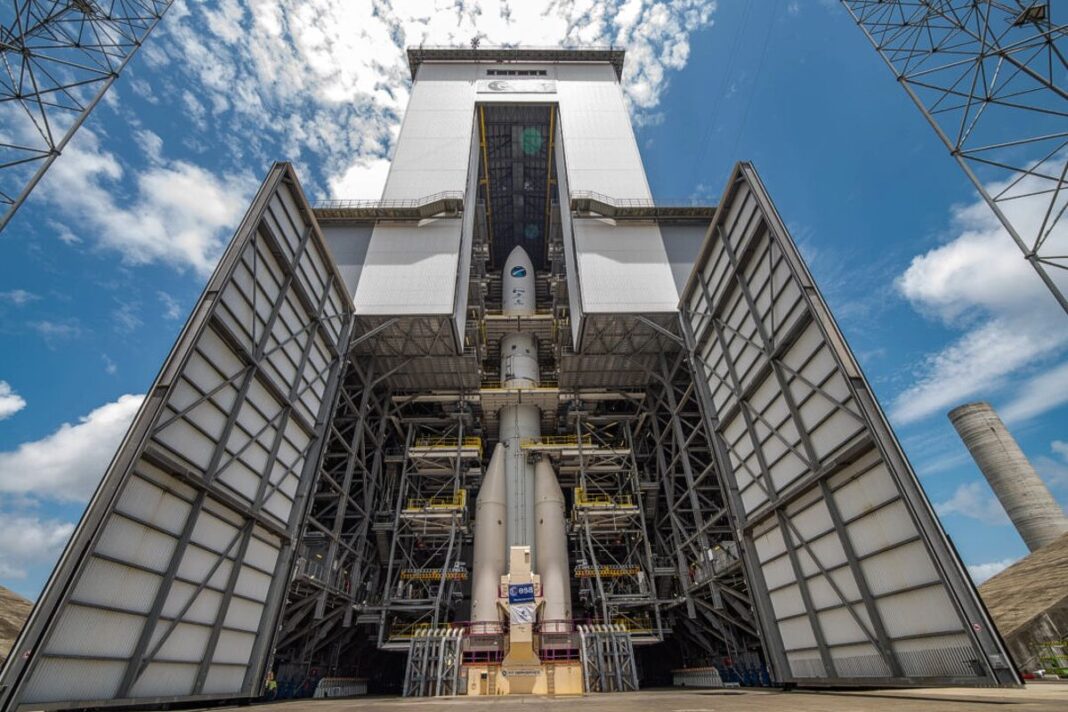With a rash of competitors to Starlink entering the market, there is now a queue forming at space launch sites around the world.
There are an estimated 23 active rocket launch facilities across the globe, but a massive increase in launch requests from the satellite industry is spurring demand for more capacity, especially when it comes to rockets.
In March 2025, a report by Goldman Sachs estimated that 70,000 low earth orbit (LEO) satellites could be launched in the next five years, a tenfold increase from the current launch number.
Starlink, a subsidiary of Elon Musk’s SpaceX company, dominates the LEO market, providing cheaper and faster communications than satellites in a higher geosynchronous orbit (GEO).
With a rash of competitors to Starlink entering the market, there is now a queue forming at space launch sites around the world.
“The bottleneck right now is not the launch pads—the site where you want to launch the rockets—but the bottleneck is the rockets themselves,” Viktor Shpakovsky, a partner in Beyond Earth Ventures, which invests in space-tech, robotics, and communications, told The Epoch Times.
Shpakovsky said satellite companies looking to launch into space often have to wait for a year or more because SpaceX is prioritizing its own Starlink launches.
‘Huge Queue’ to Launch Satellites
“For early-stage companies, the only way is to wait for these transporter missions, which are happening maybe twice a year,” Shpakovsky said.
“There is a huge demand to launch something into orbit, but there is a huge queue.”
On June 23, SpaceX used its reusable Falcon 9 rocket to launch its latest transporter mission from the Vandenberg Space Force base in California. The company said there were “70 payloads on this flight, including cubesats, microsats, re-entry capsules, and orbital transfer vehicles.”
Jason Steffen, a professor of physics at the University of Nevada–Las Vegas (UNLV), told The Epoch Times that if a space port has enough launch pads, there is no real need to limit the number of rockets that can be sent up.
“It would be hard to come up with a reason why you couldn’t launch rockets from a single site with multiple launch pads, every 30 minutes or something like that. That’s long enough to get one rocket out of the way, and then recover the debris, and proceed with the next one,” Steffen said.
He said it was “plausible” that the bottleneck was caused by a shortage of rockets.
“You don’t necessarily want to do a production run of 1,000 rockets and then find out that there’s some defect in it,” he said.








